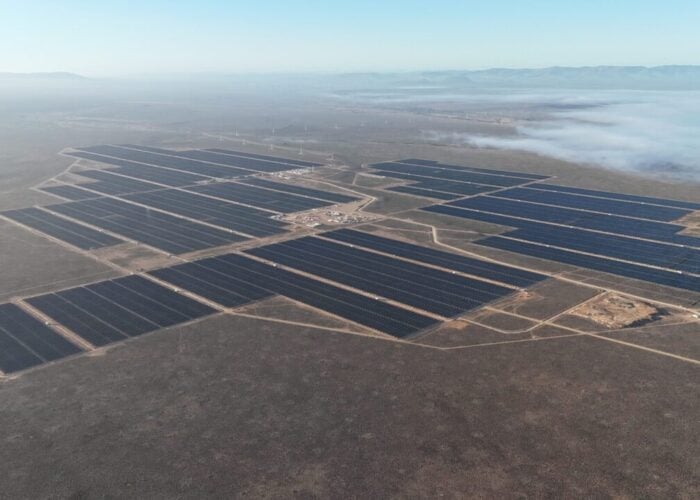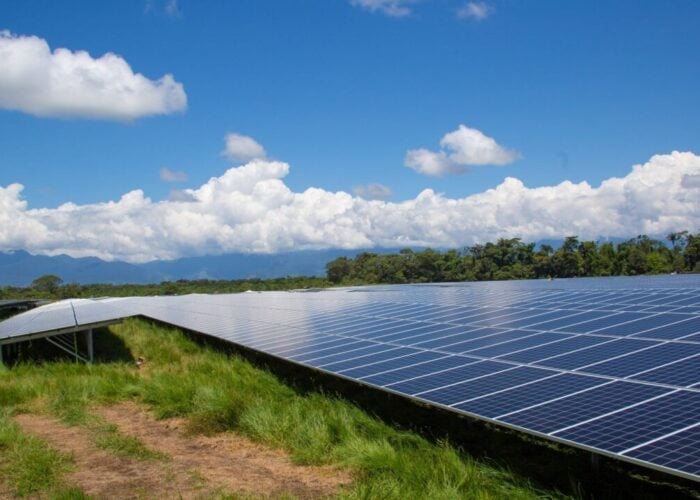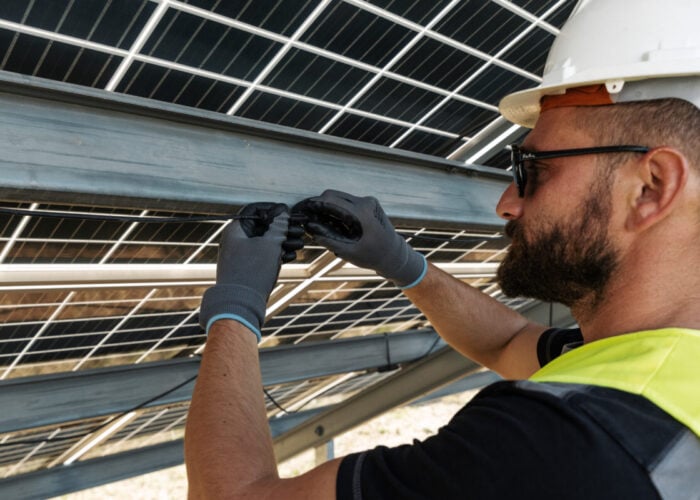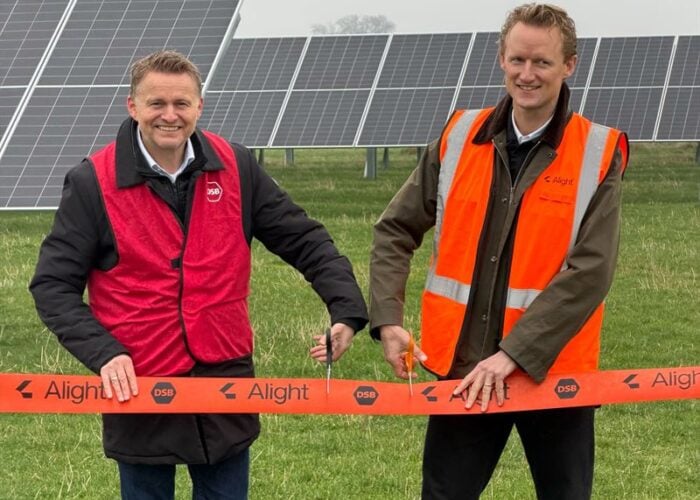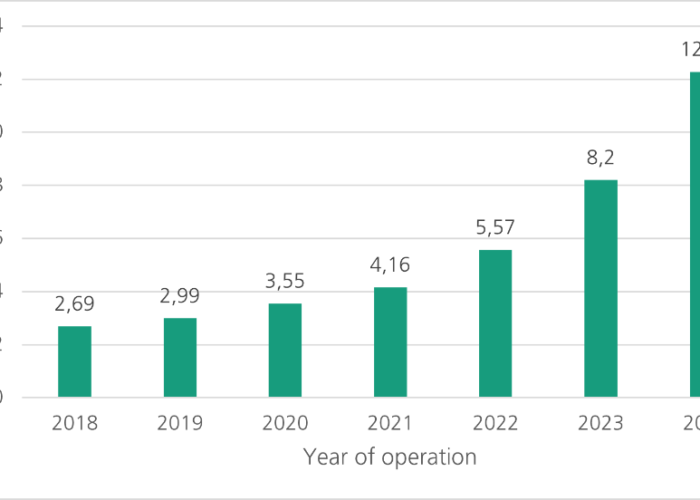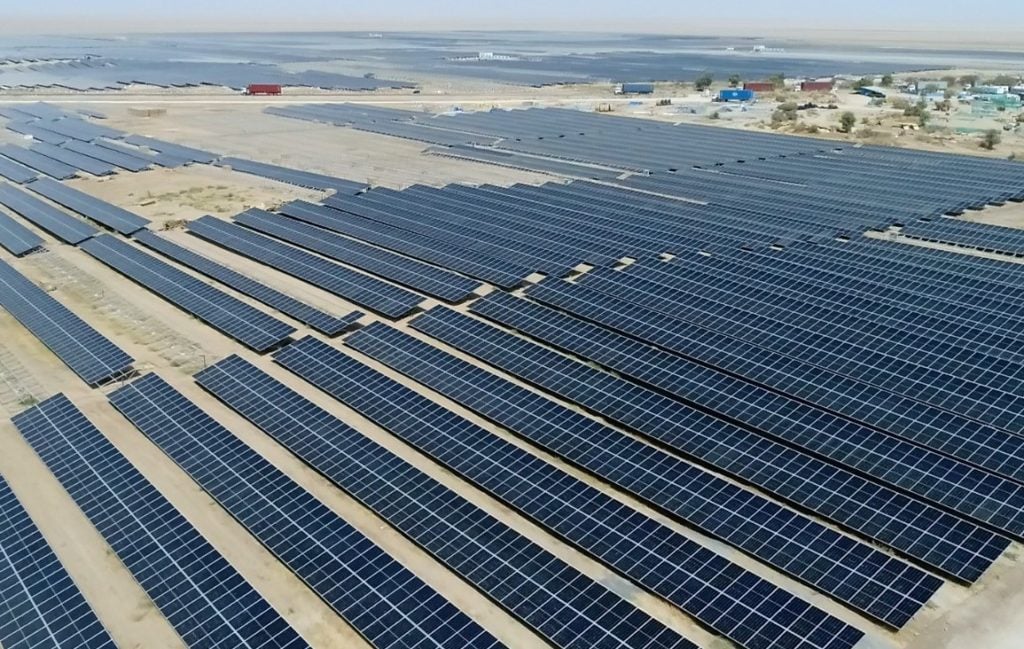
Seven key Asian countries collectively saved approximately US$34 billion in fossil fuel costs in the first half of 2022 through solar generation, according to research from Ember, the Centre for Research on Energy and Clean Air (CREA) and the Institute for Energy Economics and Financial Analysis (IEEFA).
China, India, Japan, South Korea, Vietnam, the Philippines and Thailand all saw solar power generation mitigate costs that would have come about from soaring fossil fuel prices. The report also showed a general growth trend in solar installations across the continent, as five of the ten countries with the most installed solar capacity are Asian.
Try Premium for just $1
- Full premium access for the first month at only $1
- Converts to an annual rate after 30 days unless cancelled
- Cancel anytime during the trial period
Premium Benefits
- Expert industry analysis and interviews
- Digital access to PV Tech Power journal
- Exclusive event discounts
Or get the full Premium subscription right away
Or continue reading this article for free
The majority of the US$34 billion savings were in China, where about US$21 billion of coal and gas imports were avoided. Solar fulfilled 5% of China’s electricity demand in H1 2022. In the first three quarters of the year, China installed 52.6GW of grid-connected solar capacity, as included in a round-up of Chinese policy measures in PV Tech Premium last month.
Japan and India saw the second and third highest impacts, with US$5.6 billion and US$4.2 billion avoided, respectively. Both countries were highlighted in a separate piece of research by Ember in September, suggesting that the largest Asian economies would see “exponential growth” in their solar sectors in the remainder of the decade.
Vietnam avoided US$1.7 billion in fossil fuel costs. In 2018, the country’s solar generation was fairly negligible, close to 0TWh annually; in 2022, 11% of Vietnam’s energy demand was met by solar, around 14TWh. In February, the Vietnamese government declared that its original solar expansion targets were “too high“ amidst grid connection issues.
Slower, though still notable, growth was seen in Thailand and the Philippines, which had solar accounting for only 2% and 1% of generation, respectively. They both still saw more than US$100 million in avoided fossil fuel costs.
South Korea saw solar make up 5% of power generation and saved US$1.5 billion.
“Asian countries have shown that rapid solar deployment is possible,” said Ember’s Asia electricity analyst Achmed Shahram Edianto. “As the prices of solar and storage plummet, and the potential cost savings have started to materialise, solar dominance in Asia now looks to come much sooner than previously expected.”
According to IEEFA, “realising these goals will require grid stabilisation, innovative policy reforms to unlock investments and collaboration with the private sector”. In line with this growth in Asian solar deployment, Wood Mackenzie recently published a piece by a principal analyst explaining that corporate PPAs in the Asia Pacific region have hit record highs.
Vibhuti Garg, director, South Asia at IEEFA, said: “In the last few months, reliance on imports of coal and gas has proven to be expensive and unreliable. For energy security and for economic reasons, it makes sense for India and the rest of Asia to redirect investments towards building the renewable energy ecosystem.”

